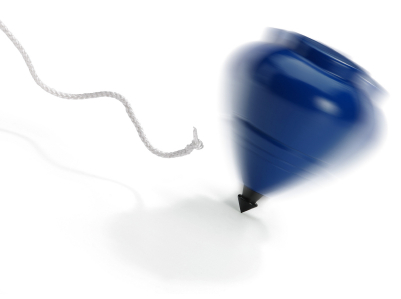 It almost seems like we’ve become accustomed to the various and sundry techniques of spin companies try in the media. If there’s a disaster we’re all looking how they’ll try to either recover or turn the news into something somewhat positive. When it comes and it’s obvious, we usually just laugh it off.
It almost seems like we’ve become accustomed to the various and sundry techniques of spin companies try in the media. If there’s a disaster we’re all looking how they’ll try to either recover or turn the news into something somewhat positive. When it comes and it’s obvious, we usually just laugh it off.
Some spin techniques, though, aren’t quite so obvious, and you may not have even noticed them. Some techniques of “spin” are so subtle they slip totally under the radar and catch everyone by surprise. And they happen all the time!
Leaving Out Info
This one may seem obvious, but we often forget just how much information isn’t pushed through in a story. We see, for example, how BP was giving jobs to those affected by the oil spill. They were helping clean up beaches and animals that had issues because of the spill. Everything was looking up for the company as public opinion was turning around.
But it couldn’t last, mainly because it wasn’t the whole truth! Turns out a lot of those workers have been getting sick from the cleanup effort and their claims of helping out the area aren’t quite as thorough as they say.
This type of spin literally happens every day, and it’s often not even from businesses doing it intentionally. There is so much information thrown at us every single day that stuff falls through the cracks. A company like BP will realize this and put out as much good stuff as they can, knowing there’s almost no way the public will find out what’s really going on. It’s spin through omission, basically, and it’s tough to defend against.
Info Dump
Another way of swaying public opinion is to flood the market with the information that’s “correct.” This kind of ties in with the point above, as you’re ensuring that others don’t see any other points of view. However, the tactic is a little different.
Let’s stick with BP. They want people to believe the Gulf Coast is a wonderful place completely free of environmental problems. They want people to believe this because otherwise people would stop buying their gas and supporting them. And so far it’s worked.
The way BP ensured this was to flood the information market with positive messages. If you search “BP” on Google you’ll see countless pages from their “restoration” projects and other environmental messages they’ve put out. Other info, like how the animals they’ve supposedly helped died anyway, is nowhere to be found in this SEO-driven flood.
Putting the Worst Foot Forward
This one’s a little tough to spot as you could easily assume it’s unintentional. Once in a while the leader of a company comes off as a little goofy, maybe a little rough around the edges. Audiences initially think he’s a little short when it comes to crayons in the box.
But eventually something changes, and the opinion almost turns to empathy – they start to wonder what they would do in the same situation, how they would act. They realize they wouldn’t be any better at leading the company than this guy – and suddenly he’s just somebody like them doing the best they can!
It’s a fine line between playing the part of a goof and just plain being a bad leader. Supposedly, though, this is precisely the image that (actually highly intelligent) President George W. Bush went for – the average every man who stumbles through speeches because, well, he’s just like all of you!
What subtle means of spin have you noticed lately?
This article is written by Mickie Kennedy, founder of eReleases (https://www.ereleases.com), the online leader in affordable press release distribution. Grab three free ebooks, including the Big Press Release Book and Twitter Tactics, here: https://www.ereleases.com/free-offer/big-press-release-samples-book/
